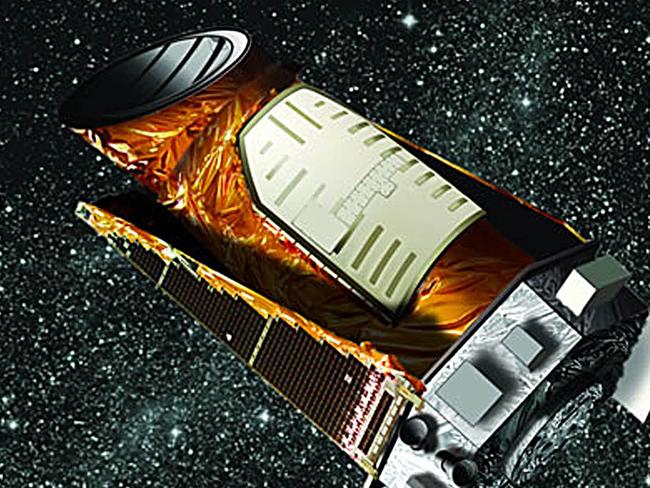Kepler Mission has found an 8th planet in the Kepler-90 system
NASA has announced it has found a new exoplanet in the Kepler star system, meaning it now has as many planets as our solar system.

HOPES of extraterrestrial life have today been boosted as NASA announced it has discovered a new planet in a far off solar system.
The space agency live streamed a press conference from Washington D.C. to announce a new discovery by its Kepler telescope.
Our @NASAKepler mission's search for new planets teamed with machine learning to discover another solar system with an 8th planet that is 2,500 light-years away. Here’s what you need to know about the #Kepler90 discovery: https://t.co/2JpIr7p4pE pic.twitter.com/nqvLw5mlSv
— NASA (@NASA) December 14, 2017
They revealed the alien hunting project found an eighth planet — called Kepler 90 i — proving that stars can have their own solar systems, The Sun reports.
It followed years of studying 15,000 stars every minute of every day, all year round.

NASA hailed it “a really successful discovery” — with hopes that future research will find even more unknown planets.
Kelper has been combing the stars for habitable planets and alien life since 2009.
Before the announcement, NASA in a press release said: “The discovery was made by researchers using machine learning from Google.
“Machine learning is an approach to artificial intelligence and demonstrates new ways of analysing Kepler data.”
AI takes on a new mission: planet hunting. See how we used machine learning to hunt for new planets in @NASAKepler data–and actually found one → https://t.co/ycI0xXetdi pic.twitter.com/zsjQZQdyYy
— Google (@Google) December 14, 2017
While its primary mission is to look for exoplanets (a planet which orbits a star outside our solar system), it is also tasked with “studying young stars, supernovae and other cosmic phenomena”, according to NASA.
Kepler is NASA’s most successful planet discoverer, having identified over 2500 exoplanets in its two missions over eight years.

It found the majority of them on its first mission, between 2009 and 2013, but has continued to find more in its extended K2 mission, which began in 2014.
Until Kepler, scientists had no idea there were so many planets beyond our solar system. Thanks to its discoveries, scientists now believe there to be at least one planet orbiting every star in the sky.
EXPLORE MORE: How Red Dwarf worlds could shape life
Among Kelper’s discoveries is “Earth 2.0” which it located in 2014.
The deep space planet is a similar size to our world and gets roughly the same amount of light from its sun.
Boffins aren’t sure if it has any life but believes that plants from Earth would survive if transferred there.



